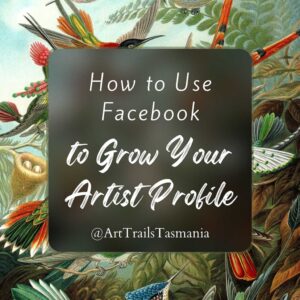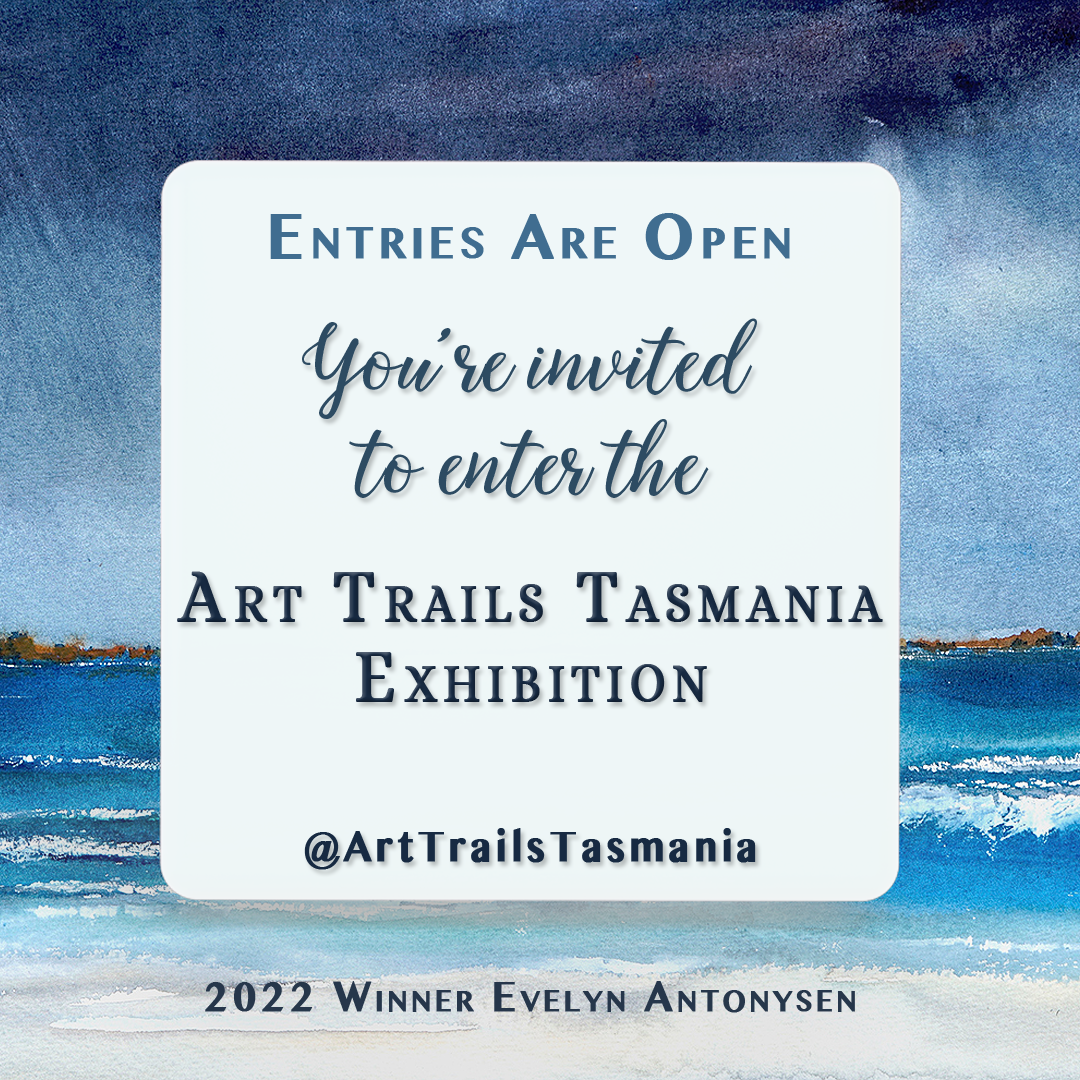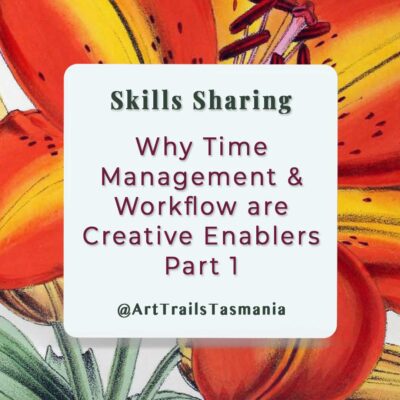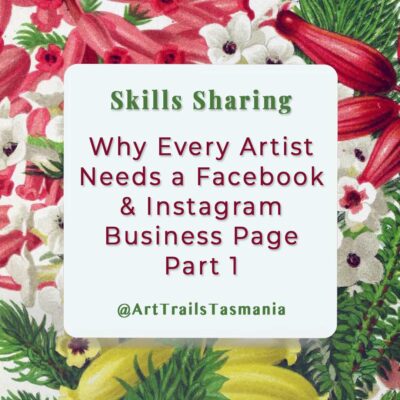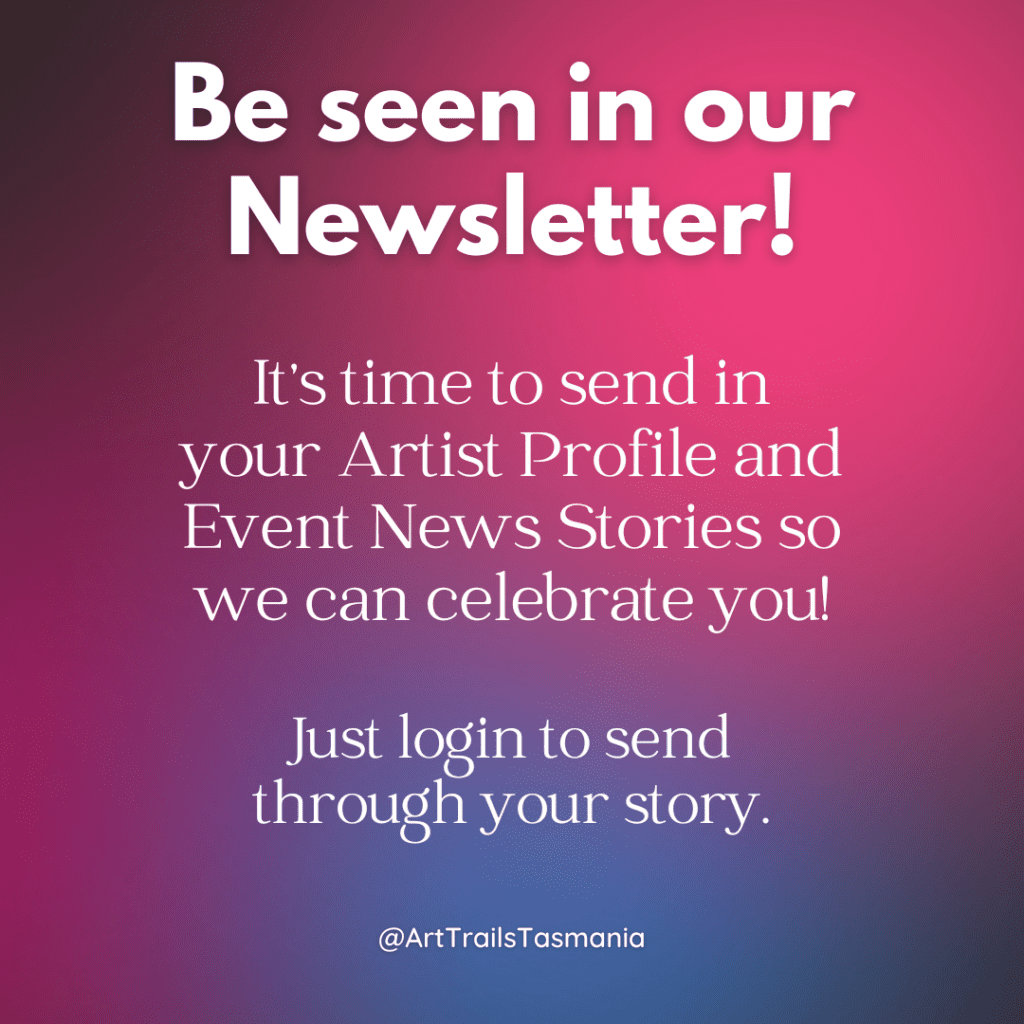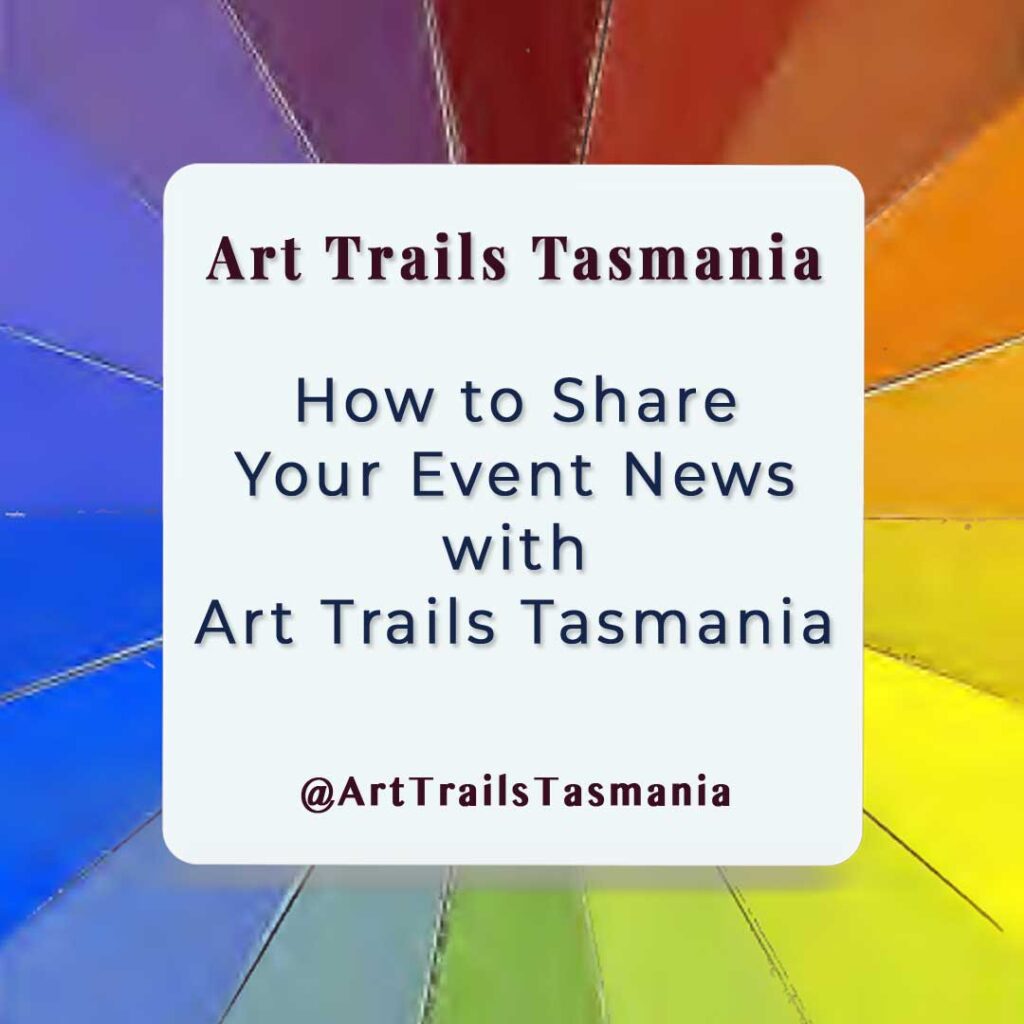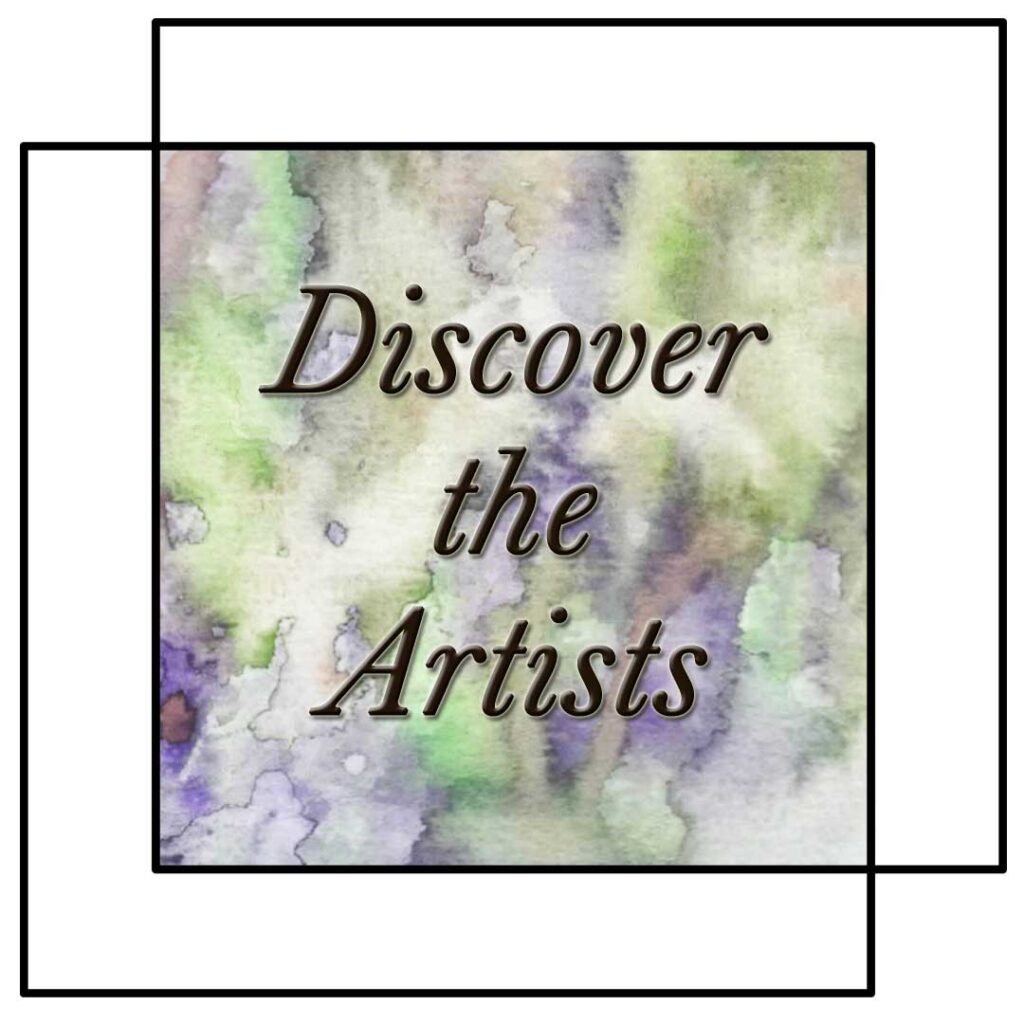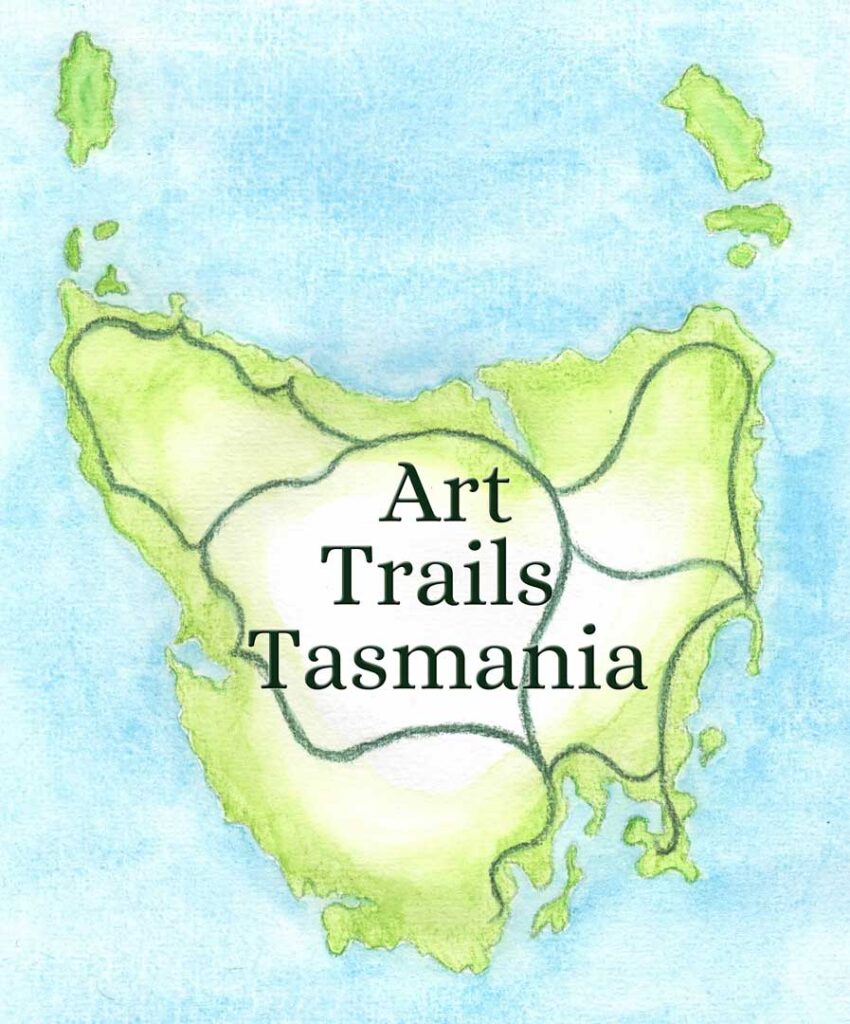7 Ways for Using Exhibitions to Grow Your Artist Profile
Entering your work in art and craft exhibitions can be a great way to grow your artist profile, and not just by having exhibition visitors see your work.
You can easily increase the number of people who see your work AND gain a lot more attention by sharing online what you’re doing.
When I first started looking into ways to make art exhibitions successful my google searches gave heap of advise about how to set up and run an exhibition. Not about how an artist can use exhibitions to grow her artist profile, to grow a following so to sell more work.

7 Ways to Grow Your Artist Profile By Entering Art Exhibitions
Here are seven ways to use your involvement in art and craft exhibitions to grow your artist profile and following online so you can sell more work:
1. Consider which exhibitions you would like to be part of and make a list, this becomes your own customised exhibition calendar.
Think about who else enters, how the exhibition is promoted in the lead up, opening and running periods, how are the exhibiting artists supported and promoted? Are artists acknowledge and promoted on the socials?
How clear are the promotional images of the exhibition, are they easy to read and useful? To be frank, if their promotional images are poorly designed to start with they will probably stay poorly designed and be a missed opportunity (even though time and effort goes into the missed opportunities).
A grass roots exhibition can have better online promotions and support for exhibiting artists than a well funded, established exhibition, and vice versa. Generally, the one that has a solid approach to online marketing will be easier to build on with your own efforts.
The create your own exhibition calendar so you’re ready to get your entries well before the cut off dates.
2. Make sure your entry meets all of the requirements and be early.
You’d be surprised by how many entry forms are provided incomplete or even late. Many exhibition organisers will reject such entries, making it a waste of time for all involved. Don’t do this.
Instead, do it right the first time round. Get the details right and get your entry in early, at least 10 days before the cut off. Why? Because you’re allowing the exhibition organisers who put the effort into celebrating and promoting each entering artist to get the social media posts about YOU organised and scheduled first, ahead of the pack who leave it until the last minute to get their entries in.
Then you can get on with celebrating your involvement with your growing number of followers.
3. Tell others on the socials about your involvement.
Being involved in exhibitions makes for great social media content for your own pages. You can easily get 6 to 16 posts from one exhibition, even if you don’t win.
Key Exhibition Details
Be sure to include the key exhibition details about exhibition name, dates, location and name of the gallery.
Post Ideas
Your behind the scenes posts can be about the lead up, getting your entry ready, showing your studio space, art and craft supplies, what’s involved in preparing your work for entry. This is a great way demonstrate your artistic professionalism with your finished work while also demonstrating what’s really involved. You can easily create 2 – 4 posts that your art supporting followers will relish.
When the exhibition organiser publishes posts specifically about you and ones about the exhibition as a whole you can share these posts too. When you tag the exhibition’s page in your post you turn up in their Mentions list and ANY ONE growing their profile will naturally respond by going to your page and post to comment and like – giving you more love. So here’s another 2-4 posts for you.
Go to the exhibition and/or opening and share that too. Demonstrate how getting along to an exhibition is a wonderful way to have a really enjoyable day with friends. Be sure to introduce yourself to the gallery staff as they are always interested in having the artists come by. If you can’t get to the exhibition (maybe it is interstate) then you can craft content around celebrating the other artists and the joy you have in being in their company. This can be 2-4 posts.
Celebrate those who win a prize or certificate, whether it includes you or not. Celebrating others is a great way to demonstrate your generous and supportive nature, even if you’re feeling disappointed. Don’t comment on your disappointment, instead show your graciousness to the world. You’ll impress your followers. You can get 1-2 posts from this.
Scheduling Posts in Meta
Do a group post where you tag the exhibition’s page as well as participating artists in a positive and happy post inviting your followers to get along to the exhibition. You can do 1 – 4 of these posts through out the period of the exhibition.
A number of these posts can be created in one go and then scheduled through the backend of Meta for Facebook and Instagram. You’ll need to be sensible about your Facebook and Instagram tags so that the working ones are displayed for each platform. It is such a waste of time and effort having unlinked Instagram tags appearing in Facebook posts and vice versa. Plus it makes you look lazy and uncaring about your audience. It is easy enough in Meta to quickly craft posts for both platforms with the working tags. Click here for How to Use Facebook for Your Artist Profile blog.
4. Share the social media posts about the exhibition.
The very act of sharing their posts gets you brownie points with Facebook which is rewarded with more newsfeed appearances.
Sharing the posts about the exhibition will encourge the exhibition organiser to support your social media work too, especially if you tag them in what you write. They’ll see the tag in their notifications list. This makes it really easy for them to pop over to like and comment on your post – again getting you both Facebook brownie points.
You can share the posts on your own page and in groups.
If you don’t share the posts then you miss opportunities.
5. Go to the opening of the exhibition.
Going to exhibition openings is great for getting your own social media post content and showing off to your friend/partner your work, but also for making valuable connections.
Every exhibition organiser worth their salt will be inviting along to the opening artists, supporters, media, government grant co-ordinators and representatives. All of whom are really interesting to meet. To craft a connection with.
And besides, it is really fun going to the opening of an exhibition show casing your work.
6. Sharing details about your upcoming exhibitions in your email newsletter and blog is great for growing your artist profile.
It is always important to gather to you your supporters and followers with your own lists.
Meta and the other social media platforms own their audiences, have full control over what they share and don’t share.
When you have an email list, a blog following, you have control over what you share. If Meta blows your page away because they have a hissie-fit over nothing related to you then you still have you own audience and can rebuild (whether Meta decides to be a grown up or not about reinstating your page).
When you have your own newsletter and/or blog sharing the details of your upcoming and on-going exhibitions makes great content. Digital Tasmania can help with advice about setting up a newsletter and blog.
7. Reuse the content with What’s Been Happening Artist Profile Posts.
Facebook memories pop up all the time because they know it is really easy content for you to reshare.
Taking a leaf from their highly paid content marketing folk will work for you too with posts that tweaked for reuse.
Posts that show the work you’ve entered in exhibitions over the last six months, whether it has sold or not, demonstrates your skills and authority as an artist. It can help sell prints, greeting cards, products of your work and news of your next market or fair. You can link to your Bluethumb or Redbubble profiles. You already have the images available from earlier posts, all that’s involved is writing a few words.
Making Exhibitions Work for You and Grow Your Artist Profile
Preparing work for exhibitions takes a chunk of time, effort and money, from framing to canvases, delivery to packaging and everything inbetween. It is way more than making the art work in the first place.
It is wonderful if you sell the piece at the exhibition. But whether it sells or not the piece needs to achieve more than just one sale. If it is to actively help grow your artist profile then it needs to get to work so you can do more of what you love.
I hope these seven insights help you flourish and grow. You can find more helpful skills sharing tools in the Resources area.
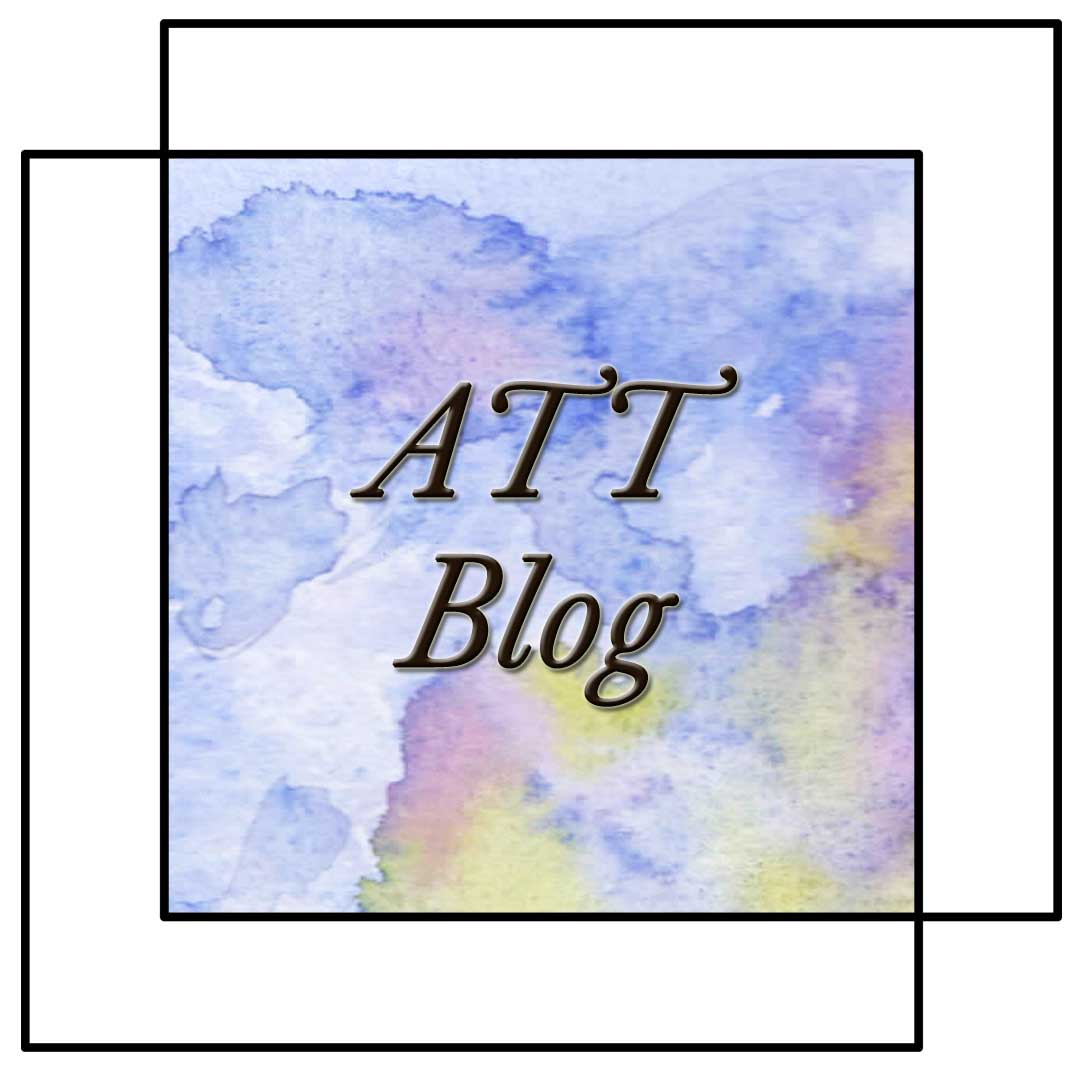
Skills Sharing Stories
I want there to be more arts and crafts in our world, in our communities and in our own lives. Hopefully you’ve found this blog post useful and interesting in your creative journey.
So I’m creating, with your help, Art Trails Tasmania, allowing all of us who feel this love to create more of it.
And the Art Trails Tasmania blog is a key part of making this happen, telling the stories of members. It’s about what they have happening with workshops and classes, exhibitions, open studio trails, where to find their outlets, markets, fairs and festivals so you can shop their creations as well as their art and craft retreats.
Also being shared are the supporters of our artists, the galleries, shops, cafes, art societies and groups, places to stay and artist in residencies.
Why Time Management & Workflow are Creative Enablers Part 1
Creating More Time for Making with Time Management & Worksflows Time management may feel counterintuitive to creative people, yet effective organisation genuinely frees artists to produce richer ideas, finish projects and build sustainable creative businesses. ...
Why Feedback and Critique for Artists Are Vital for Growth – Part 1
Why Art Feedback and Critique for Artists Truly Matter Art feedback and critique for artists are essential to every creative journey. Whether you’re a painter in Hobart, a ceramicist on the North West Coast, or a fibre artist in the Huon Valley, thoughtful critique...
Why Every Artist Needs a Facebook and Instagram Business Page – Part 1
Why It Matters to Have Facebook and Instagram Business Profile Pages There comes a point in every artist’s creative journey where simply sharing your work online isn’t enough. You start to notice that some artists seem to have real momentum – their posts are being...

